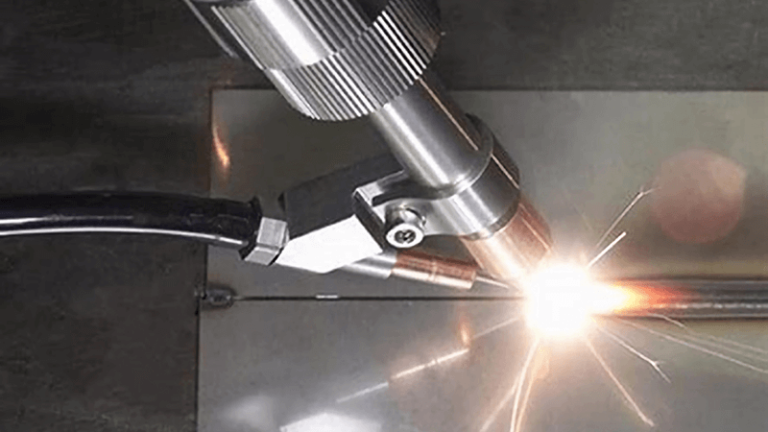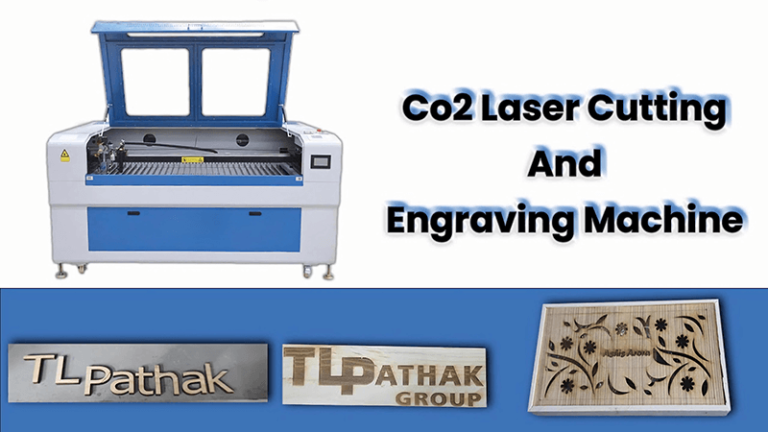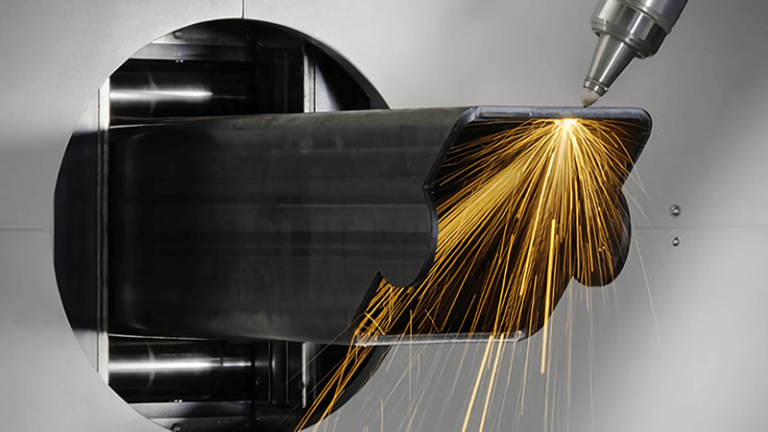In the dynamic world of Small and Medium-sized Enterprises (SMEs), standing out in a crowded market is essential. Laser marking presents a unique opportunity for customization, enabling businesses to add value, enhance branding, and create products that truly resonate with their audience. This article explores the transformative potential of laser marking for SMEs, offering technical insights, application ideas, and real-world inspirations.
The Power of Laser Marking
Laser marking employs concentrated light to etch designs, text, and graphics onto various materials. Unlike traditional methods, it provides unmatched precision, permanence, and versatility, making it an ideal tool for customization. From intricate logos to serialized codes, laser marking can accommodate an extensive range of designs with remarkable clarity and detail.
Technical Parameters of Laser Marking
| Parameter | Description | Typical Range |
|---|---|---|
| Power | Determines the intensity of the laser. Higher power can mark harder materials and deeper engravings. | 20W to 120W |
| Speed | The speed at which the laser moves over the material, affecting production time and mark depth. | 100mm/s to 7000mm/s |
| Frequency | The rate at which the laser pulses during marking, influencing mark characteristics. | 20kHz to 200kHz |
| Focus | The distance between the laser source and the material, crucial for achieving optimal marking quality. | Adjustable, depending on the lens |
Ideas and Inspirations
1. Personalized Promotional Goods: SMEs can use laser marking to personalize promotional items such as pens, keychains, and notebooks. This not only enhances brand visibility but also creates memorable touchpoints with customers.
2. Custom QR Codes and Serial Numbers: Laser marking can add unique QR codes and serial numbers to products, facilitating traceability, authenticity verification, and engagement through digital content.
3. Decorative Patterns and Artworks: From fashion accessories to home decor items, businesses can employ laser marking to etch decorative designs, elevating the aesthetic appeal and market value of their offerings.
4. Functional Markings: Laser marking can be used to add functional features to products, such as measurement markings on tools or medical devices, enhancing their utility and user experience.
Real-World Inspirations
- Eco-Friendly Packaging: A sustainable packaging company uses laser marking to customize biodegradable materials with brand logos and product information, emphasizing their commitment to the environment.
- Artisanal Craftsmanship: A jewelry SME leverages laser marking to etch personalized messages and intricate designs onto precious metals, offering bespoke pieces that tell a story.
- Tech Gadgets: An electronics manufacturer employs laser marking to add durable and high-precision labels to its devices, ensuring clarity and longevity even with heavy usage.
Conclusion
For SMEs looking to differentiate their products and connect more deeply with their customers, laser marking offers a powerful, versatile solution. By harnessing the precision and flexibility of laser marking, businesses can unlock endless possibilities for customization, from branding and personalization to functional enhancements. As technology continues to advance, the potential applications for laser marking are limited only by imagination, promising a bright future for SMEs keen on innovation and excellence in their product offerings.





